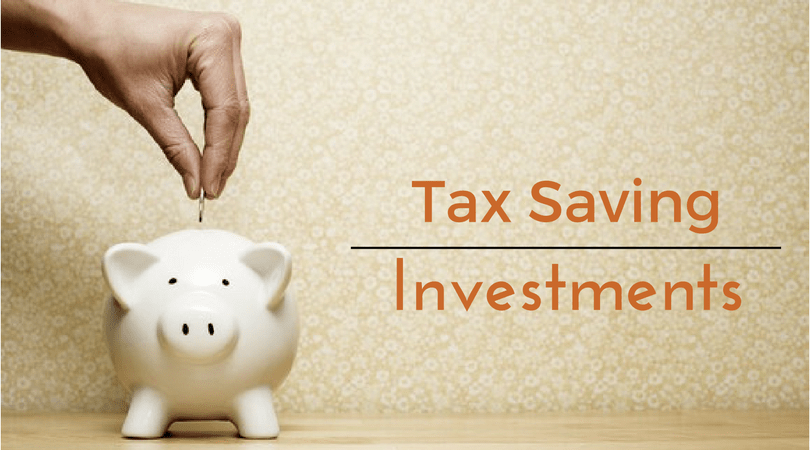
Investors are always on the lookout for ideal tax-saving investment options for their portfolios. With so many investment options offered to them, they might get easily confused. One such tax-saving investment is ELSS funds. ELSS mutual funds have gained a lot of traction in the last one or two decades, and for all the right reasons. Let’s understand how ELSS tax-saving funds scored over other tax-saving avenues.
Here’s why ELSS tax saving mutual funds are a class apart:
|
BASIS OF COMPARISION |
ELSS |
ULIP |
PPF |
EPF |
LIFE INSURANCE |
|
Definition |
Equity-Linked Savings Scheme (ELSS) are tax-saving mutual funds that invest the majority of their assets (at least 80%) in equity or equity-related investments. |
Unit-Linked Insurance Plan (ULIP) is an investment and insurance product wherein a fraction of the investment is used for securing the life of an investor, while the other part is used to invest in preferred financial products. |
Public Provident Fund (PPF) is a savings scheme backed by the Indian government where the government pays a fixed interest every quarter. PPFs are considered to be one of the safest tax-saving investments. |
Employee Provident Fund (EPF) works as a saving tool. Under this scheme, the employee as well as the employer dedicate an equal amount towards an employee’s savings account that can be redeemed by the employee upon retirement. |
Life insurance is a contract between a guarantor and a policyholder in which the guarantor promises payment to the listed beneficiaries upon the untimely death of the insured. |
|
Expected returns |
12 to 15% |
Dependent on the financial product chosen |
7% to 8.5% |
8 to 9% |
6 to 8% |
|
Tax benefits |
The invested amount is eligible for a tax deduction of up to Rs 1.5-lac p.a. u/s 80C of the IT Act. LTCG gains above Rs 1 lac are taxed at 10% without the indexation benefit. |
A tax deduction of up to to Rs1.5 lac under Section 80C. However, the gains are taxable. |
Money deposited in a PPF is eligible for tax benefits of up to Rs 1.5 lac u/s 80C of the Income Tax Act, 1961. Interest gained is tax-free. |
Invested amount in EPF schemes offer tax deduction of up to Rs 1.5 lac under Section 80C |
The invested amount offers tax benefits u/s 80C and 10(10D) |
|
Liquidity |
High-liquidity once the lock-in period is surpassed |
Post the lock-in period, funds are available subject to further policy conditions |
Low or partial withdrawals can be made after 7 years from the account opening year |
Investor can withdraw up to 75% of their EPF corpus if they have been unemployed for more than a month |
These financial products have a low liquidity ratio |
|
Lock-in period |
Three years |
Five years |
Fifteen years |
A mandatory of five-year lock-in period is required for an investor to enjoy tax benefits |
Five years |
|
Minimum investment amount |
Rs 100 |
₹1,00,000 (for plans 45 years and below) |
Rs 500 |
12% of wages |
No minimum amount |
Whether you decide to invest in ELSS or not must completely depend on your investment portfolio. Analyse your financial objectives, risk profile, and investment horizon and choose the right investment product accordingly. If you are looking for investment options that have huge wealth creation potential along with tax-saving benefits, you should go forward and invest in ELSS funds. Happy investing!
